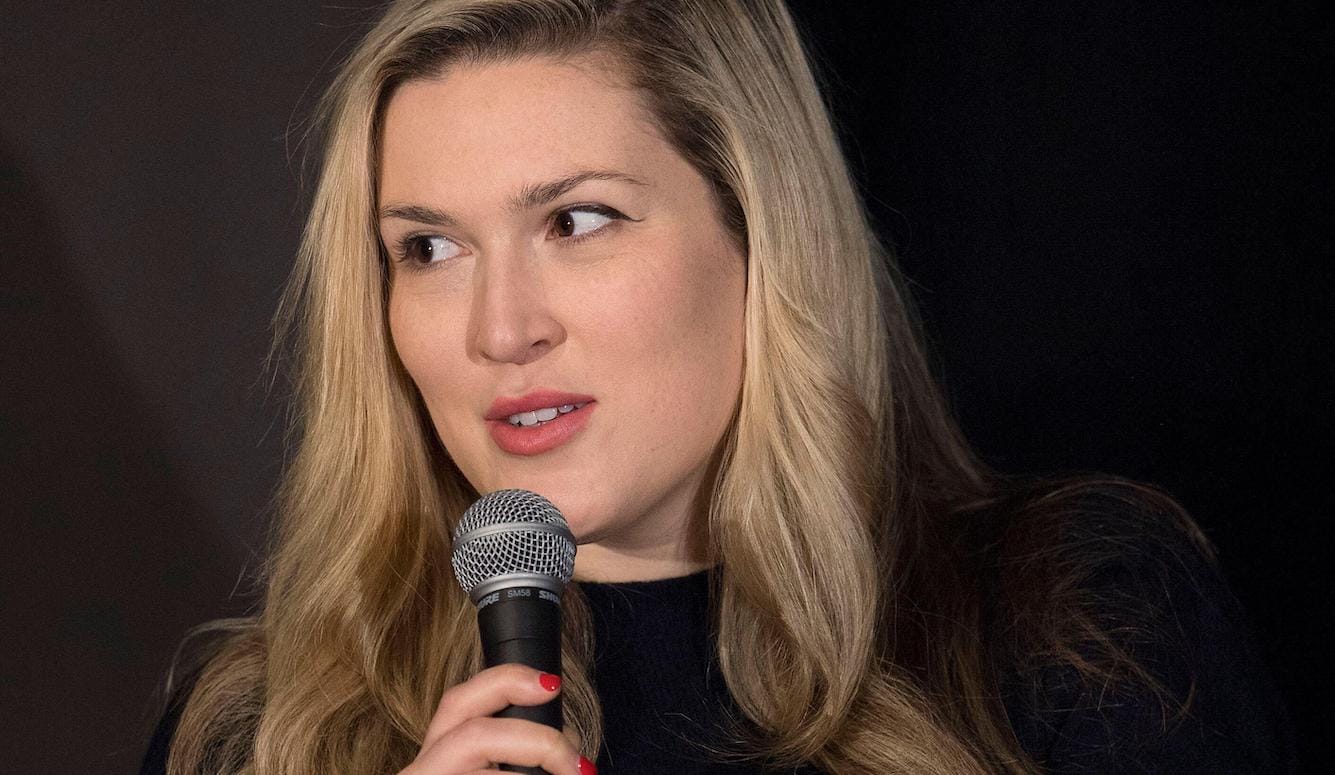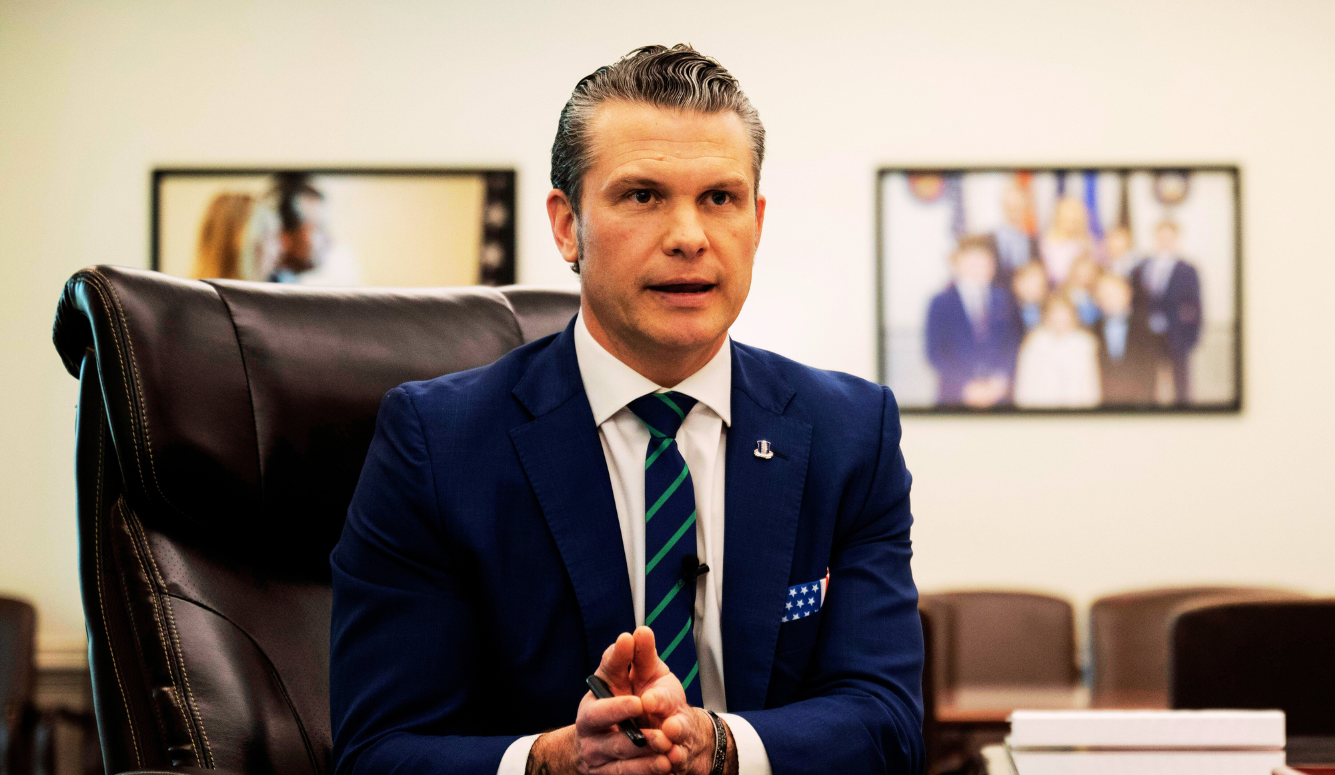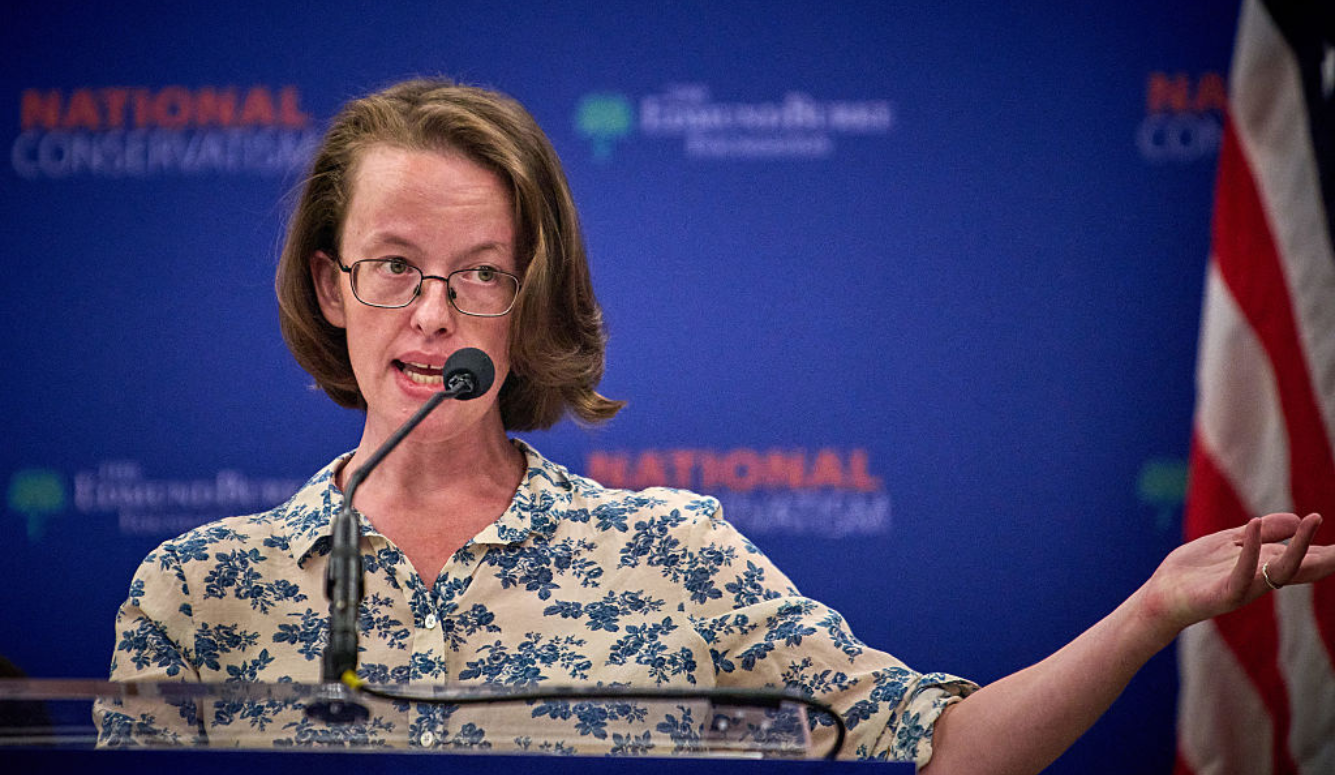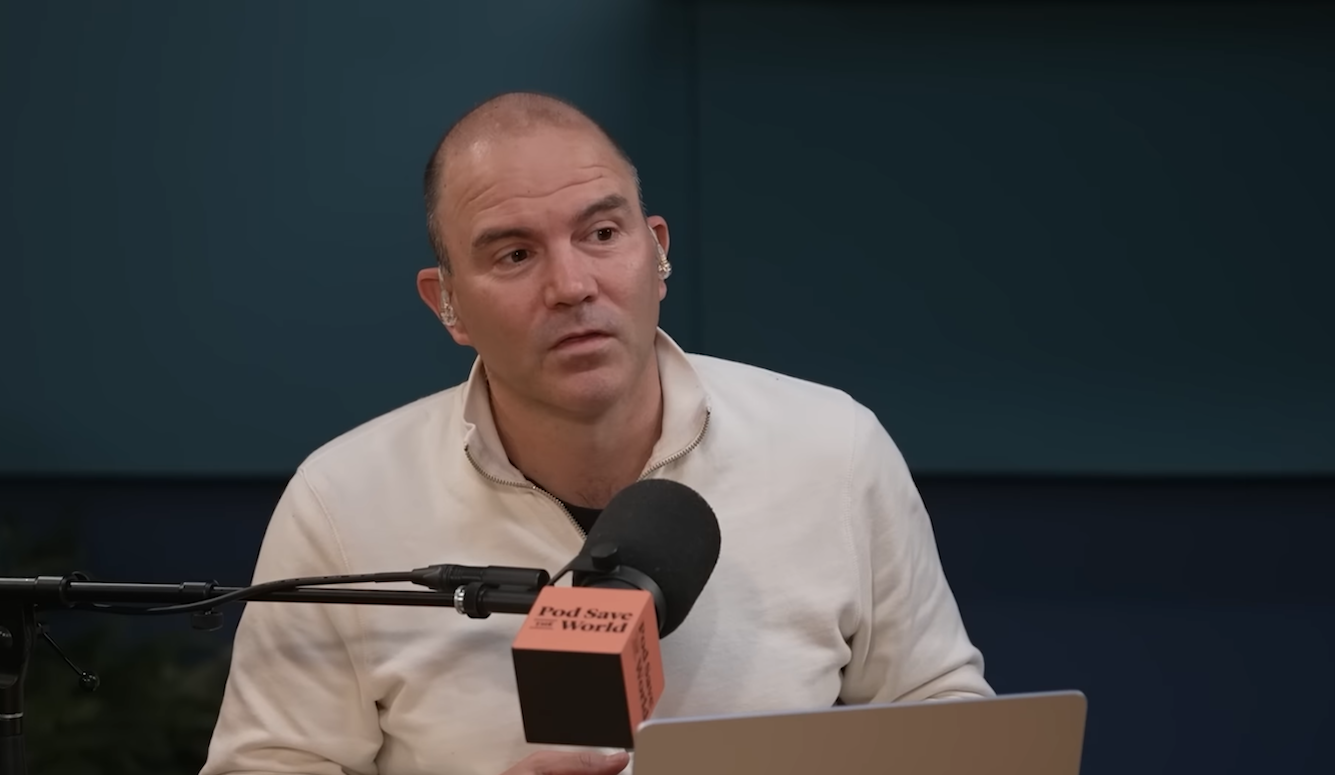Politics
A Kinder, Gentler Eliminationism
Peter Beinart has responded to the 7 October massacre and subsequent Gaza war with a deeply duplicitous book.

A full audio recording of this article can be found below the paywall.
A review of Being Jewish After the Destruction of Gaza: A Reckoning by Peter Beinart, 172 pages (New York: Alfred A. Knopf, January 2025)
In Being Jewish After the Destruction of Gaza, Peter Beinart urges Jews—pleads with Jews—to reconnect to our tradition of universalist justice as articulated in the Bible and the Talmud. He quotes Rabbi Shai Held: “There can be no Jewish theology without a fundamental commitment to human solidarity.” For many Jews—and for most Jewish Israelis—solidarity with the Palestinian “other” has become far more difficult since the atrocities of 7 October 2023. But, Beinart writes, the events of that day have only made solidarity more urgent. He argues that the ability to see and respond to the suffering and the humanity of the Palestinian “other” is now a categorical imperative—not just for the sake of Palestinians, but also to revive Jewish ethical life, which he believes is in tatters. Beinart’s moral exigency weaves itself throughout the book.





